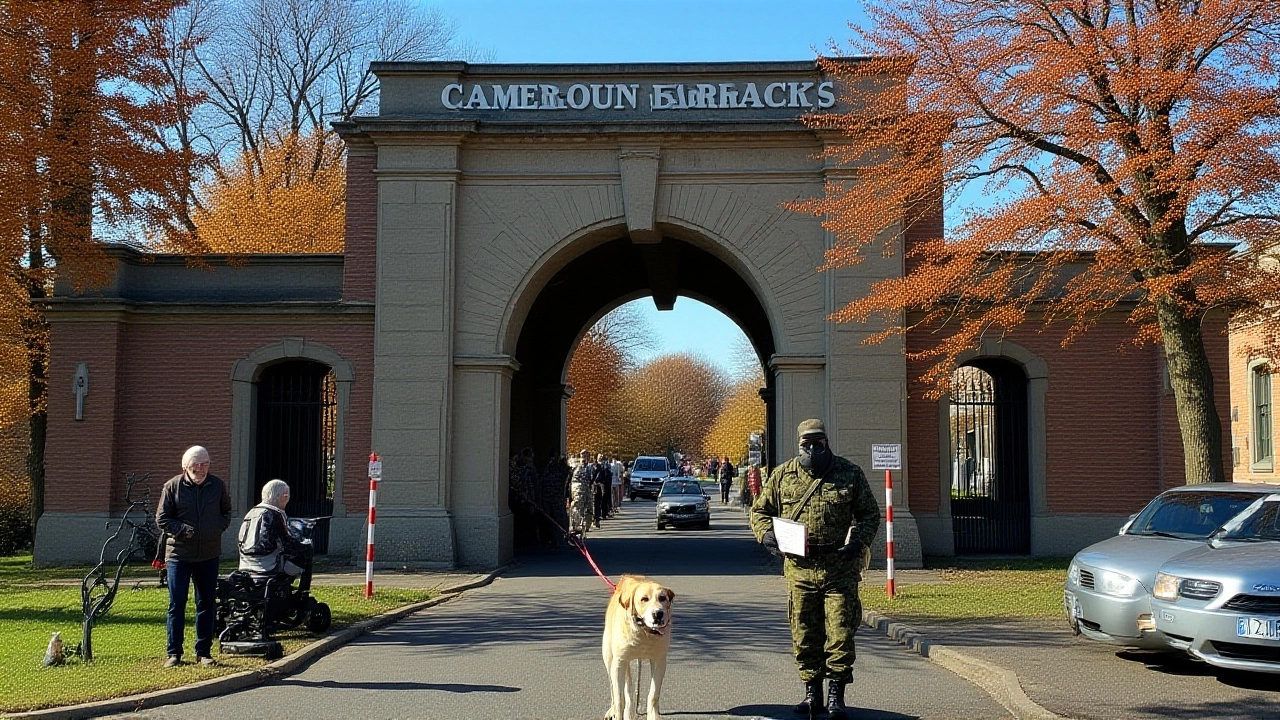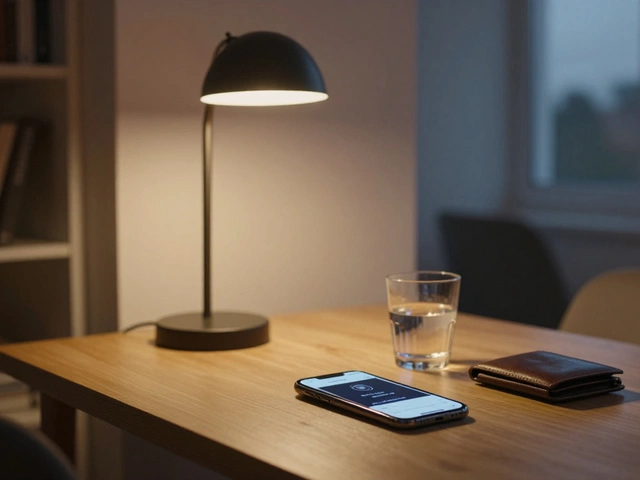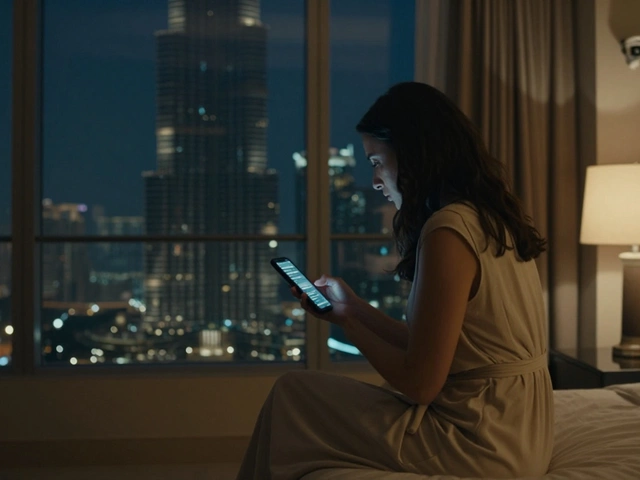A decorated Army veteran defied extreme physical limits by walking 6.5 miles in a full nuclear warfare suit—not for training, not for spectacle, but to raise money for Poppyscotland. The grueling feat, reported simultaneously by Forces News and the Jersey Evening Post, underscores a quiet kind of courage: one that doesn’t seek headlines, but still demands they be written. The walk, which took place sometime in late 2023 or early 2024 (exact date unconfirmed), wasn’t part of a marathon or timed race. It was a solo mission, undertaken in silence, under a sky that didn’t know what the veteran was carrying—not just weight, but memory.
Why a Nuclear Suit?
Nuclear warfare suits aren’t costumes. They’re steel-plated nightmares disguised as clothing. Weighing up to 40 pounds, these garments—often made of layered rubberized fabric, sealed gloves, and a bulky respirator—trap heat like a sauna. Movement is stiff. Breathing is labored. After 30 minutes, sweat pools inside. After two hours, cramps set in. To walk 6.5 miles in one? That’s not endurance. It’s a declaration."It’s not about being tough," one veteran familiar with the gear told me off-record. "It’s about remembering what we were trained to endure—and who still pays the price after the war ends."
For Poppyscotland, the beneficiary, the funds raised will likely support mental health services, housing aid, and employment programs for former service members across Scotland. The organization, founded in 1921, is the Scottish branch of the Royal British Legion and supports over 100,000 veterans annually. Yet, despite its scale, funding gaps persist—especially for older veterans who served in Cold War-era conflicts, many of whom still carry invisible wounds from nuclear readiness drills they never thought they’d survive.
The Physical Toll No One Talks About
The veteran’s suit likely resembled the UK’s CBRN protective ensemble—the standard issue for troops trained in chemical, biological, radiological, and nuclear environments. These suits were designed for short-term exposure, not long-distance walking. Even trained soldiers are restricted to 20-minute shifts in full gear during exercises. Six and a half miles? That’s roughly 2.5 hours of movement in conditions that mimic a desert furnace with a lead blanket strapped to your back."I’ve seen men collapse after 10 minutes in these things," said retired Warrant Officer Alan McLeod, who served in the Royal Engineers during the 1980s. "He didn’t just walk. He carried every fear we were taught to suppress. Every drill. Every exercise where we were told, ‘If it happens, this is what you wear.’ He wore it for people who never got to take it off."
There’s no video of the walk. No crowd. No medals. Just a man in a suit, trudging forward—perhaps along the coast of Jersey, or through a quiet Scottish village, the route still unconfirmed. What we do know: he finished. And he did it without fanfare.
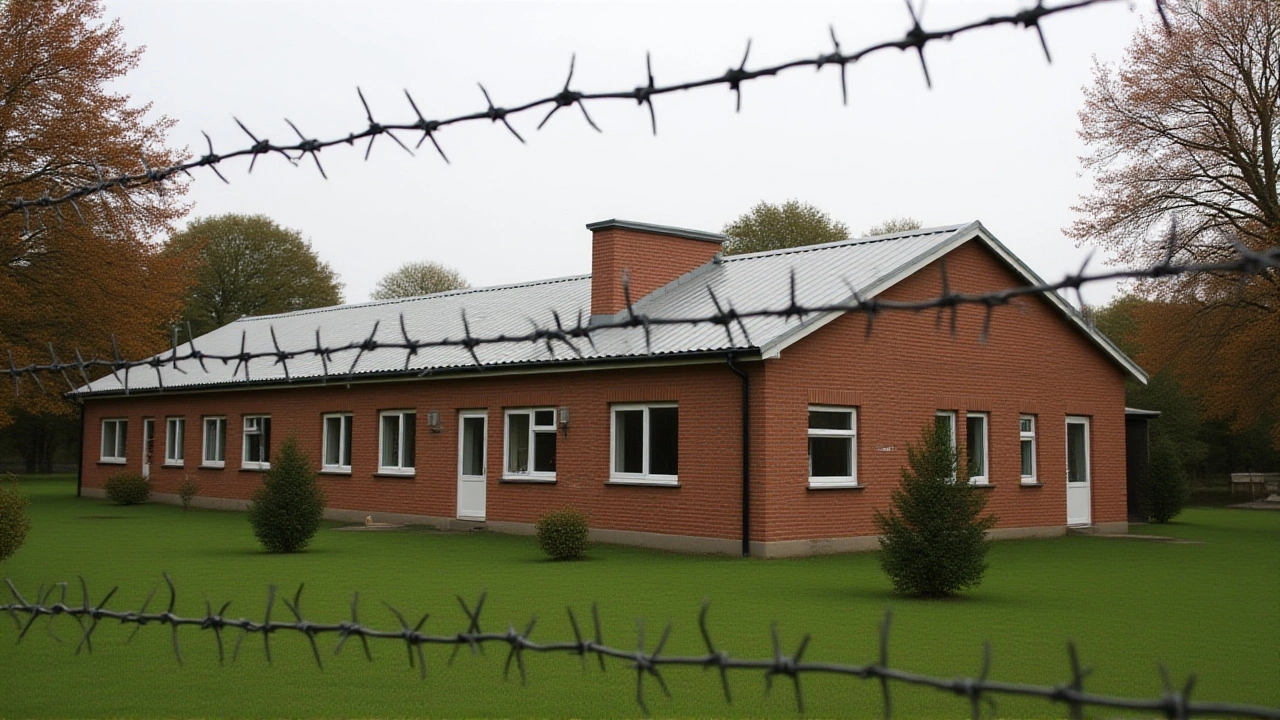
Why This Matters Beyond the Fundraising
The real impact isn’t the pounds raised—though every pound helps. It’s the message: that the trauma of military service doesn’t end when the uniform is hung up. Veterans don’t just need pensions. They need to be seen. To be remembered. To have their sacrifices acknowledged in ways that don’t require them to scream for attention.When Poppyscotland launched its "Wear Their Story" campaign last year, it focused on veterans sharing personal accounts. This walk? It’s a silent version of that. No words. Just weight. Just movement. Just persistence.
It’s also a quiet rebuke to the notion that charity must be loud to be meaningful. No TikTok challenge. No celebrity endorsement. Just a man, a suit, and a mission.
What’s Next?
Though the veteran’s identity remains private, the story has sparked interest among veteran groups in the UK and beyond. Poppyscotland confirmed they’re exploring a formal "Suit Walk" initiative for 2025, inviting other veterans to participate—perhaps with lighter gear, but the same spirit. No pressure. No rankings. Just a chance to walk, and be walked with."We don’t need heroes," said a spokesperson for Poppyscotland. "We need people who remember that healing isn’t a finish line. It’s a long walk—and sometimes, you have to carry the weight for others."
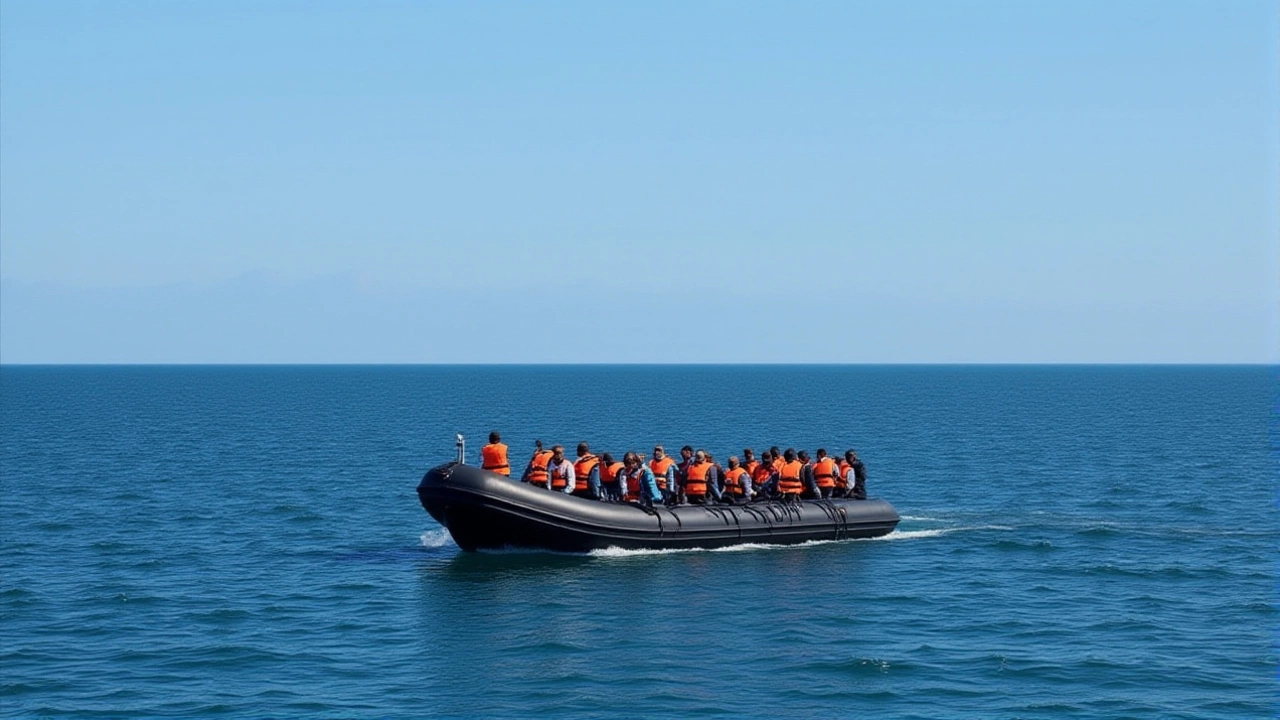
Behind the Suit: A Brief History
The nuclear warfare suits worn by British troops in the 1980s were developed during the height of Cold War tensions. Designed to protect against fallout and chemical agents, they were rarely used in combat—but frequently worn in training. Soldiers would march for miles in them, simulating battlefield conditions. Many veterans say those drills were more psychologically harrowing than actual deployments. The suits were a constant reminder: something could happen. And we might not survive it.Now, decades later, those same suits are relics. But the memories they hold? They’re alive.
Frequently Asked Questions
How much money was raised by the veteran’s walk?
The exact amount raised has not been publicly disclosed by Poppyscotland or the veteran. However, similar charity walks in the UK for veteran causes typically raise between £1,500 and £5,000, depending on public engagement. Given the media coverage and the uniqueness of the challenge, it’s likely the total exceeds £3,000.
Why didn’t the veteran reveal his name?
Many veterans avoid public recognition out of humility—or trauma. The veteran may feel his service speaks for itself, and that the focus should remain on Poppyscotland’s mission, not his individual story. This aligns with a broader trend among older veterans who reject the "hero" label and prefer quiet, meaningful action.
What kind of support does Poppyscotland provide?
Poppyscotland offers mental health counseling, financial aid, housing assistance, and employment programs for veterans and their families across Scotland. In 2023 alone, they supported over 100,000 individuals, with 38% of recipients being veterans over the age of 65—many of whom served during nuclear readiness drills in the Cold War era.
Is this the first time someone has walked in a nuclear suit for charity?
No—but it’s exceptionally rare. In 2019, a former Royal Navy sailor completed a 5-mile walk in a similar suit for a UK veterans’ charity, but the event received minimal media attention. This 6.5-mile effort stands out due to its scale, the precision of the equipment used, and the coordinated media coverage, suggesting it was a carefully planned act of remembrance, not a stunt.
Will there be a public event in 2025?
Yes. Poppyscotland has confirmed plans for a "Suit Walk" initiative in spring 2025, open to veterans and supporters. Participants will be able to choose between full CBRN suits (for experienced veterans) or lighter replicas. The goal is to raise awareness and funds simultaneously, turning a personal act of endurance into a national moment of solidarity.
How can people support Poppyscotland?
Donations can be made directly through the Poppyscotland website, or by participating in their annual Poppy Appeal. Volunteers are also needed for outreach programs, especially in rural areas where veterans face isolation. The organization emphasizes that support doesn’t always mean money—it can mean a phone call, a walk, or simply remembering.
